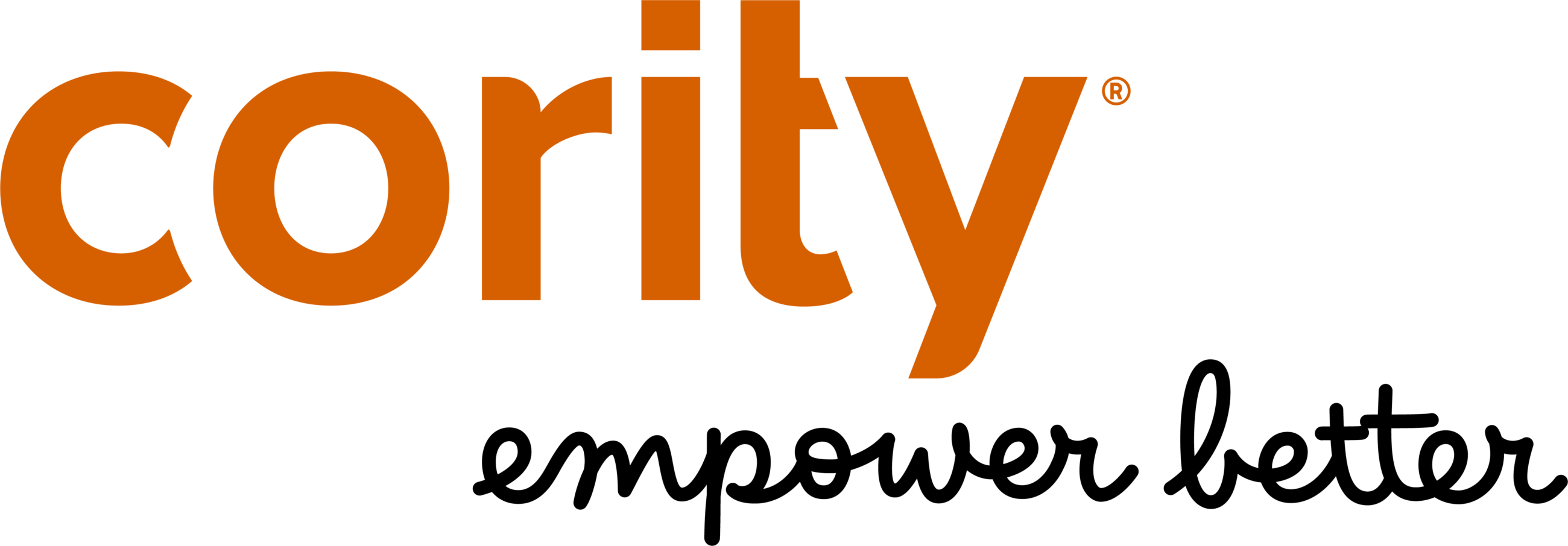October 10th marked World Mental Health Day, an annual program led by the World Health Organization (WHO), with the aim to raise awareness of mental health issues on a global scale and mobilize efforts to make mental health care a reality for all.
Current estimates pegged the cost of mental illness at nearly $1 trillion US per year and it’s estimated that 12 billion working days are lost every year to conditions like depression and anxiety. But organizations that take strong action now to improve mental health and worker well-being in their workplaces will likely find themselves on a more stable and productive footing.
But what specific actions should you take? We’ve enlisted a few of our in-house occupational health and safety experts to offer a few things to consider on your journey to improving mental health and wellness at your organization:
Sean Baldry, CRSP, Product Marketing Director for Cority’s Health and Safety Management solutions recommends:
Mental Health Action 1: Build a Psychologically Safe Workplace
Research has shown that the degree to which we feel supported in the workplace is critical to our mental wellness and our overall productivity. By creating a psychologically safe workplace that emphasizes compassionate leadership, work-life balance, a culture of respect and civility, and availability of timely psychological supports, organizations will benefit from a more engaged, effective, and resilient workforce. Training on individual resilience and mental wellness is a logical first step to help remove the stigma associated with the topic and build greater understanding and empathy.
Mental Health Action 2: Expand Mental Wellness Supports
It’s critical that those struggling with mental health issues have access to timely and tailored support services. Organizations who expand their network of services to assist employees in need will not only benefit from reduced absenteeism and health care costs, but again will demonstrate the compassionate culture that will lead to a competitive advantage in the marketplace. We also need to remember that our mental and physical health aren’t separate entities – they’re connected. Stress has been shown to increase cardiovascular disease and diabetes. So, services should be structured from a Total Worker Health perspective, ensuring that mental health is viewed as an integral, connected, and equal contributor of our overall wellness.
Mental Health Action 3: Leverage Data and Technology
Making good decisions on mental wellness starts with better data. Technology now offers unique opportunities to leverage our collected data to help prioritize resources for those in greatest need. Similarly, data analytics provides a chance for businesses to look beyond individual differences and consider how organizational factors influence mental wellness and to take steps to address these issues proactively.
Mobile applications now offer organizations the chance to conduct mental wellness assessments, track wellness indicators in real-time, and even connect employees to health services based on their unique, point-in-time needs. With technology reshaping our workplaces, businesses that take steps now to adopt digital solutions to support mental health will be better able to withstand whatever may come.
Frances Andreacchi, RN, COHN, Senior Solutions Engineer for Cority’s Health solutions recommends:
Mental Health Action 4: Check in With Your Employees
As occupational health nurses, we have a unique opportunity to serve as a touch point with our employees who may not otherwise reach out for medical advice when feeling anxious, depressed or otherwise unwell. Starting the conversation with reminding the employee that your conversation is confidential, can open a door for them to discuss personal concerns. This gives you the opportunity to provide any appropriate health teaching or refer them of any organizational supports that are available to them like your Employee Assistance Program (EAP).
Pro tip: If you’re a Cority client, you can document the conversation using Cority’s “Private Data” field, add it to the “Problem List” and set a “To-do” reminder to help you follow up as appropriate. The employee will appreciate your thoughtfulness and may be more inclined to reach out for help after a positive experience with a health care professional.
Tanya Jenke, MSc (OHS), COHSProf, CRSP, Director of Customer Success recommends:
Mental Health Action 5: Reduce Screen Time When Possible
People are spending more time than ever using devices, whether laptops, phones or tablets. This exposure has also drastically increased since the COVID-19 pandemic and more people are working from home. Research on the increased device usage on mental health has suggested an increase in depression, anxiety, and even suicide.
While social media and messaging apps give the impression of more connection, many studies have indicated that those that spend more time on social media are more likely to suffer from feelings of social isolation. Technology can even help us reduce this electronic dependence – muting notifications, working offline when possible, and setting defined screen time access for the day can provide some much needed time to unplug and enable wellness.
Tjeerd Hendel-Blackford, Vice President of Sales recommends:
Mental Health Action 6: Carve Out Time for Physical Activity
The link between physical and mental health is intrinsic – and it goes both ways: poor physical health can impact your mental health and vice versa. In my experience, the best way to address both issues is to move, and move regularly. I make it a point to book out an hour in my diary, every day, to do some form of exercise – be it yoga, rowing machine, or a run. Do I actually do the exercise everyday? No – life and work are too busy sometimes! – but managing 3 or 4 times a week makes a huge difference. The other tip would be to have fun and a laugh with your colleagues whenever you can!
Learn More
To learn more about how to promote a culture of mental health and wellness at your organization, check out our ebook, The Impact of Sustainability on EHS Professionals where we explore how sustainability supports economic growth, ensures environmental stewardship, and protects the physical and mental health of the workforce.













